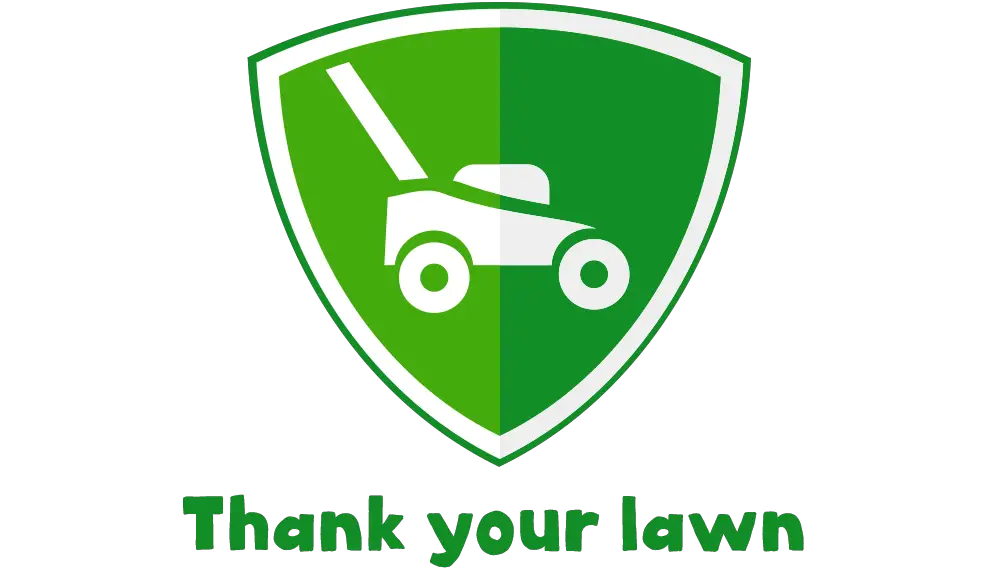After you’ve finished pulling all the weeds from your yard, garden, or driveway, you may be wondering ‘What now?’. You have a big pile of weeds you need to get rid of. Pulled weeds still have seeds that can spread and quickly cause more weeds to grow, so you don’t want to leave them in your yard.
Here are five things you can do with weeds after you’ve pulled them.
1. Hot Compost
Composting weeds is an environmentally friendly option if done correctly. But it’s not as simple as throwing the weeds right the compost bin because of those pesky seeds. It is generally safe to compost annual weeds that haven’t yet gone to seed without the worry of weeds taking over your garden when you add your compost, but for perennials and seeded weeds, you will need to take certain precautions.
The best method of composting weeds so that they don’t spread is to hot compost. For this method, you will need to keep the compost in your bin at 130 degrees Fahrenheit (55C) or higher. To ensure the compost is hot enough, you will need a compost or long-stemmed thermometer to monitor the temperature.
The best way to heat your compost is to turn it often. This increases microbial activity and generates heat. If this doesn’t bring up the temperature high enough, you can add in some commercially sold compost starter.
Nitrogen is also good at heating up compost and can be added in the form of coffee grounds, bone meal, corn gluten, manure, grass clippings, or vegetable scraps.
Moving your compost bin to an area of your yard that receives direct sunlight will help to keep it hot as well. During cold winter months, try to insulate it with straw or sawdust or invest in a tumbler compost that is elevated far from the cold ground.
2. Wet Compost
Wet composting is another way to dispose of perennial weeds without the worry of them regrowing. To do this, put your weeds in a bucket of water and weigh them down with rocks or bricks. It is important that the entire plant remains submerged underwater.
Cover the bucket to keep out sunlight and bugs, then leave it for four to six weeks. After this, the strained liquid can be used as fertilizer and the drowned weeds can be added to the regular compost.
3. Burn Them
Another option is to burn weeds in a fire pit, but before you do this you need to be sure you know what weeds you are dealing with. Some weeds, like poison ivy, poison oak, and poison sumac contain urushiol. When burned, urushiol is a lung irritant and can cause respiratory issues. If you are not completely certain that there is no urushiol in your pulled weeds, steer clear of this method.
Another consideration when burning weeds is, of course, fire safety. Be sure you are familiar with your local regulations regarding back yard fires and avoid burning during dry and windy weather. Obtain any needed permits and always keep water nearby in case the fire gets out of hand.
4. Throw Them Out
Throwing weeds away is the simplest method to get rid of them. And for some weeds like poison ivy, it is the best method. Rake your weeds into a pile and then put them in a thick black trash bag right after pulling. Be sure you don’t miss any stray weeds. To be extra-cautious, you can double bag, so seeds have no chance of escaping.
To ensure that thrown out weeds won’t regerminate elsewhere, you will need to eliminate the seeds. You can do this by leaving the bagged weeds in the sun for about a month before disposing of them. This will turn them into a slimy substance that will not be able to regrow.
Before throwing your weeds out with the regular trash, find out if your city has a yard waste collection center or a compost center. You might be able to schedule a pickup for your yard waste or bring it to the center yourself.
Some municipalities have scheduled curbside yard waste collection several times throughout the year. You should be able to find this information on your city’s website or by calling your local Public Works Department.
As with burning, your city or state may have ordinances in place regulating how weeds can be disposed of, so be sure you know and follow all local laws.
5. Bury Them
Weeds can be buried but it is important to follow guidelines carefully so that they do not reemerge. This method is best for annual weeds. If you have a garden mulcher, shred the weeds before burying them to help them to breakdown faster. Also, as much as possible, remove the parts of the plants that will regrow such as berries and large tubers.
Be sure weeds are buried far from your garden or lawn and bury them deeply underground. A depth of several feet is ideal so that seeds will die from lack of sunlight before they reach the surface.
To further decrease the chances of weeds regrowing, pour boiling water over the leaves before covering them with soil. To do this, boil water in a tea kettle or pot, then carefully transport the boiling water to your weed pile. It is safest to do this using oven mitts.
Pour the boiling water directly on the weeds. This will kill most seeds. After covering the weed pile with water, finish burying by covering with soil.
Final Thoughts
Pulling weeds is a great first step to getting them out of your yard, but it is not enough to stop their spread. Proper disposal can be tricky, but it is critical to prevent weeds from spreading their seeds and regrowing. Know what weeds you are dealing so you can determine the best method to get rid of them. Check your local regulations to ensure you do not violate any laws regarding weed disposal.
